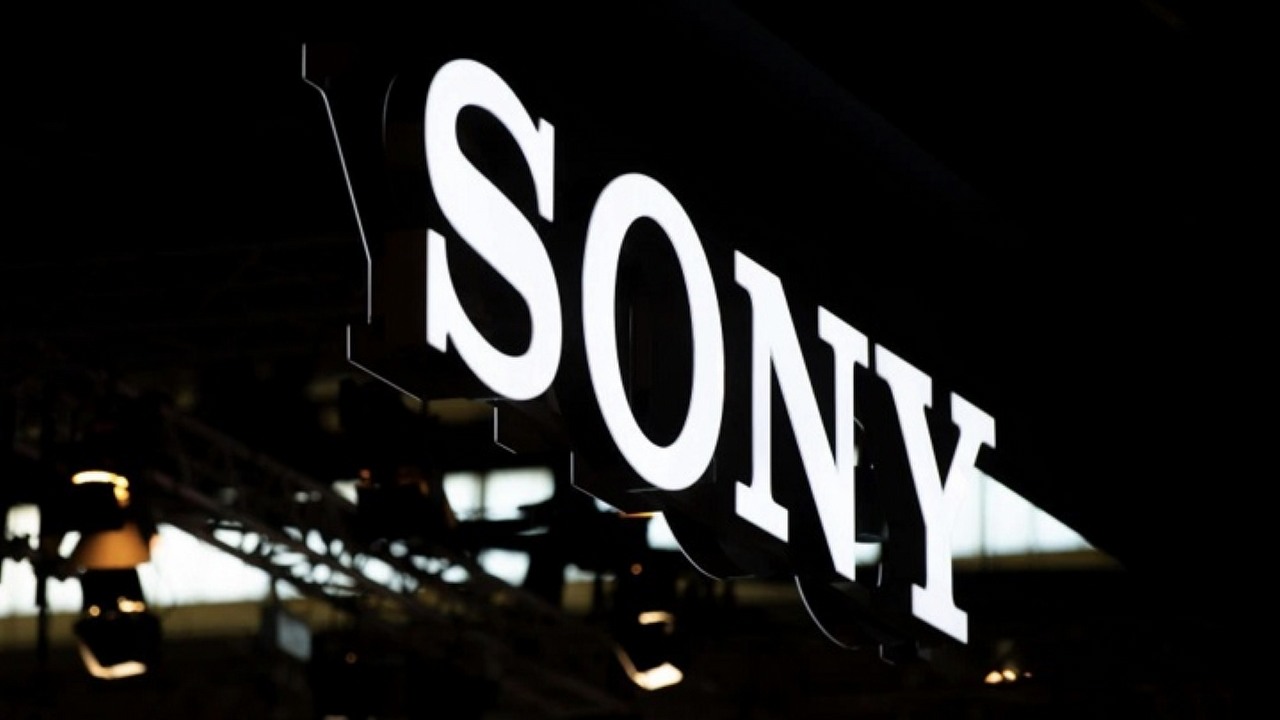Sony Blames Lack of PS5 in Stores on Component Suppliers
Since its release, the availability of the PS5 still leaves much to be desired. According to Sony, the main obstacle to increasing PS5 production is the shortage of semiconductors and other components.

- Sony says a shortage of semiconductors and other components is a major obstacle to increasing PS5 production;
- As of December 31, 2020, 4.5 million PS5 copies have been shipped to stores, with a total of 7.6 million consoles expected to be in stores by the end of March 2021. However, production is not expected to ramp up until the second half of 2021;
- The problem with the PS5's production process may be more a shortage of ABF substrates than TSMC's limited resources.
At first glance, PS5 is off to an extremely successful start. Sony revealed in its latest financial report that 4.5 million PS5 were shipped to stores by December 31, 2020. Although the company can boast of relative financial success, but it's impossible to ignore the problems in connection with the lack of sufficient availability of PlayStation 5. No one needs to be convinced that it's difficult to get a PS5 and representatives of the Japanese company themselves admit this, adding that the current situation of lack of sufficient supply on the market is not Sony's fault, and the main problem lies in the shortage of components and materials necessary for the production of next-gen consoles .
"It is difficult for us to increase production of the PS5 amid the shortage of semiconductors and other components. We have not been able to fully meet the high level of demand from customers [but] we continue to do everything in our power to ship as many units as possible to customers who are waiting for a PS5."
Indirectly, the Japanese company points the finger at companies involved in the actual production of chips and components for PS5, with TSMC at the forefront, but no direct accusations are made, which could indicate that we're simply dealing with an unfavourable market situation that companies sometimes have little control over.
It's also not entirely clear what the shortage of "other components" mentioned by Sony's representative means, although some have pointed out (DigiTimes was the first to reveal the information) that the big problem is a shortage of ABF substrate. This material is used in the creation of integrated circuits, and the process of manufacturing components for the next-gen console requires the aforementioned components. According to DigiTimes, the shortage of PS5 is primarily due to a shortage of ABF substrate rather than the limited capacity of TSMC's factories, which play a key role in the production of PS5. What's more, the lack of this vital ingredient could be a major factor in why not enough devices will be made this year, causing demand for consoles to continue to outstrip supply.
Statement of Sony's CFO also coincides with information from AMD (i.e. the company responsible for PS5 components) indicating that problems with the production of components for the next-gen console could last until the end of this year.
"Overall demand exceeded our planning and as a result, we did have some supply constraints as we ended the year. The industry does need to increase the overall capacity levels and so we do see some tightness through the first half of the year, but there is added capacity in the second half."
Gamers, on the other hand, are still wondering when they will finally be able to buy a PlayStation 5 without any problems, but there is no clear answer to this question so far.
- Sony - official homepage
- PlayStation - official website
- PS5 With Great Launch Despite Shortages; Sony's Financial Results
- PS5 and Xbox Series X/S Became a Gold Mine for Scalpers
- Twice the size of The Last of Us 2. Naughty Dog's new game is expected to shock with its scale and offer more RPG elements
- Sony teams up with Left 4 Dead creator on new 4-player cooperative shooter
- Assassin's Creed meets Avatar: The Last Airbender: The God Slayer looks like an incredible open-world action adventure RPG
0
Latest News
- End of remote work and 60 hours a week. Demo of Naughty Dog's new game was born amid a crunch atmosphere
- She's the new Lara Croft, but she still lives in fear. Trauma after Perfect Dark changed the actress' approach to the industry
- „A lot has become lost in translation.” Swen Vincke suggests that the scandal surrounding Divinity is a big misunderstanding
- Stuck in development limbo for years, ARK 2 is now planned for 2028
- Few people know about it, but it's an RPG mixing Dark Souls and NieR that has received excellent reviews on Steam, and its first DLC will be released soon

